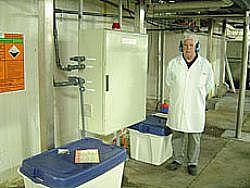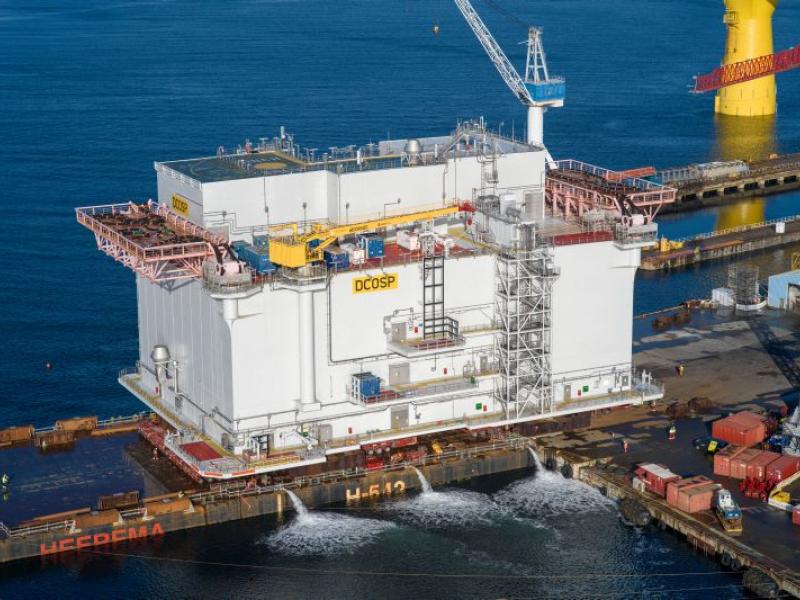FOR organisations looking for an alternative to traditional oxidising technology (such as chlorine) in water treatment applications where strict bacteriological quality must be maintained, chlorine dioxide is becoming the number one choice.
Ashlands Chlorine Dioxide technology has proven its effectiveness in many applications and industries including potable water treatment, chemical plants, pulp and paper processing, and in particular, the food and beverage industry, says Ashland New Zealands marketing manager Andrew Dine. Its particularly effective and superior to chlorine in waters running high pH or in waters that are heavily contaminated.Ashland has been a leader in the development of chlorine dioxide application technology in industrial applications for the past 40 years. It has developed a patented on-site chlorine dioxide generation system called Generox a safe, highly efficient and fully serviced turnkey package for delivering chlorine dioxide to specific applications.
The Generox system generates chlorine dioxide solutions by a two pump method using chlorite donor and precursor solutions.
Proportioning equipment allows precise control of all chemical reactants so that the desired concentration of chlorine dioxide can be efficiently generated.
In a nutshell, Dine lists the advantages of chlorine dioxide technology as the following:
- Broad spectrum and rapid microbial kill rates.
- Penetrates biofilms, maintains system cleanliness and controls legionella.
- Does not chlorinate organics no taste or odour issues.
- Highly selective and cost effective (low dose rates).
- Effective over broad pH range.
- Significantly less corrosive than chlorine or other oxidizers.
- Easily measured and calibrated.
Generating savings for food processor
Up until 12 months ago Heinz Watties Frozen Foods in Christchurch had a challenge removing vegetable residue from water used to defrost the zones beneath its three freezing tunnels where blanched vegetables are frozen into a free-flow product.Heinz Watties site services manager Martyn Sang says the company had been using bromine technology to treat the water. However, plant personnel werent satisfied with the outcome, and the process required fresh water rather than recycled water, which made it an expensive process in terms of water usage.
Twelve months on and the bar has been raised considerably. The company is now utilising a single compact Ashland Generox system to disinfect recycled water used for defrosting the three tunnels and washing the belts. After an incremental roll-out of the new Generox technology, this season Heinz Watties is looking forward to a 100 percent improvement on the old system.
As Shane Ward, Ashland service engineer explains, after washing residue product off the belts and defrosting from the zones under the conveyor belts and having solids removed via a rotary screen, the water is in a slightly discoloured state before entering the Generox chlorine dioxide unit for treatment and recycling. He says only three ppm of chlorine dioxide is injected, and the result is safe, effective treatment of the water for re-use.
The great thing about chlorine dioxide is that theres no residue and no smell, says Ward.
He says the water is regularly tested, both internally by Heinz Watties, and by an outside accredited laboratory.
Generox units are easy to install and are accompanied by a comprehensive training programme. Built-in shut-down safeguards mean that safety levels are never compromised.
Meanwhile Martyn Sang is sold on the Generox system because it consistently controls the bacterial count and the chlorine dioxide doesnt attack the galvanised freezer coils.
But the biggest benefit by far he says is the estimated ten percent total site saving on water usage.






